If you, like me, have decided you want to ‘grow your own’, then the first thing you need to decide is how to plan your vegetable garden layout. You absolutely shouldn’t just throw a few carrots in the dirt!
Although I am always looking for ways to save money and spend less, I haven’t started to grow my own veg to save money. It may save me money in the long run, but there is some expense involved in starting a vegetable garden, especially when starting from scratch. If you are looking to buy some raised garden beds, you will find that garden beds can be quite expensive.
On this page
Location
Rather than being seen as a money-saving exercise, gardening should be embraced as a healthy hobby. And this is true whatever the scale of your gardening estate.
Once you decide that you want to grow your own, the first step is to determine what type of veggie garden you’re going to build. And where your vegetable garden will be. Bear in mind that planning your garden will take some time and probably a bit of effort.
Indoors
If all you have is some space inside, then it is certainly possible to have a small indoor growing area. It is also a good choice as an indoor garden can be easier on those who can’t necessarily get around as well physically.
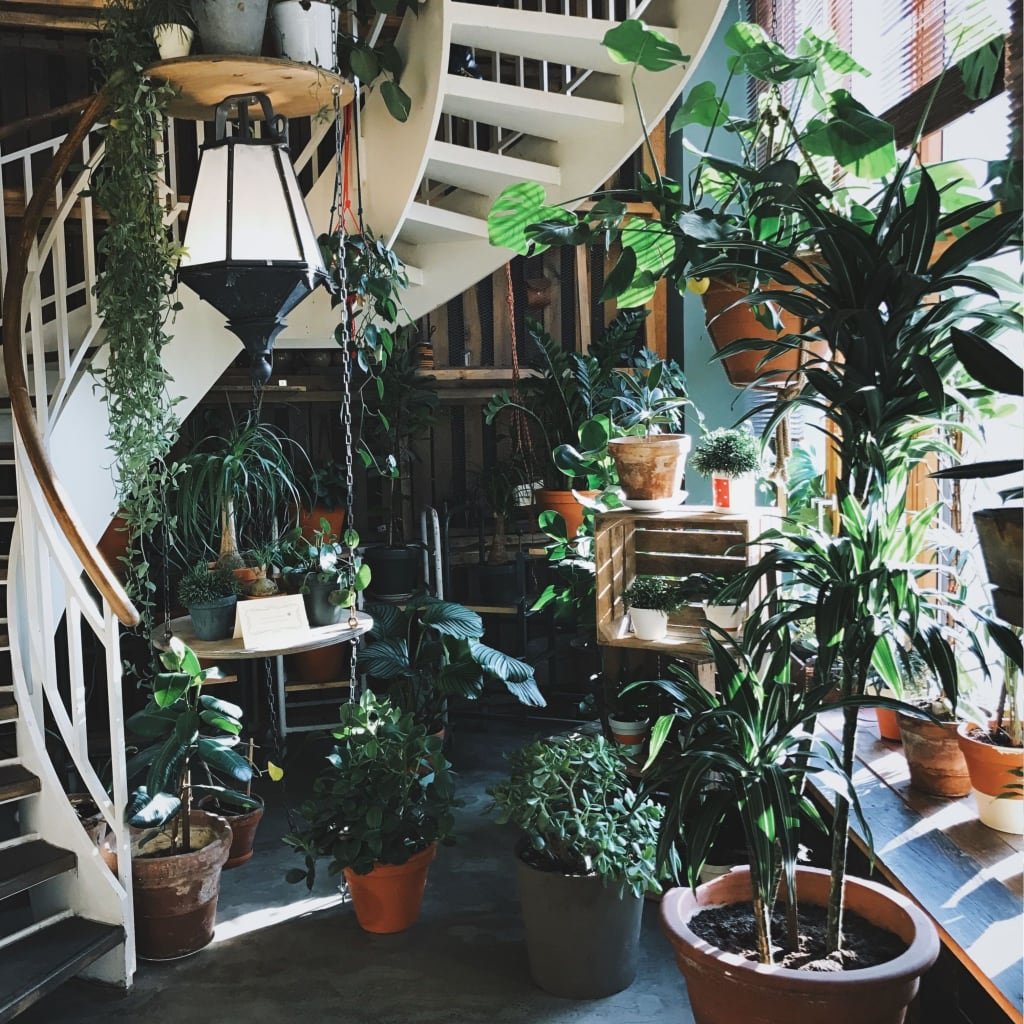
This type of garden can also be grown by anyone of any age. Children love to grow things indoors. When you create an indoor garden, you’ll have some of the same growing needs to consider that you would have if you planted an outdoor garden.
You’ll need to decide on a container system. Many indoor gardens are hydroponic ones. This means that soil isn’t used as part of the growing process. By using a hydroponic system, your plants grow quickly, but they do require power to succeed. This is not one of the cheapest methods to use for growing an indoor garden.
I have a small hydroponic container set up in my kitchen window and it is good fun but you are probably not going to be feeding a family with it!
You can use window boxes, pots, planters, or baskets. You can use barrels, plastic containers and more. Nearly anything can be used as long as it has a proper drainage system.
Microgreens are very popular and these are very easy to grow indoors. A shallow dish is really all you need.
Patio or Balcony
You can grow many fruits and vegetables in pots, so your patio or balcony can soon become a productive area. Just be aware of the weight if you plan to use a balcony.
If you have a limited amount of space, then remember to think vertically as well as horizontally. Growing plants upwards is a great way to increase a small amount of space.
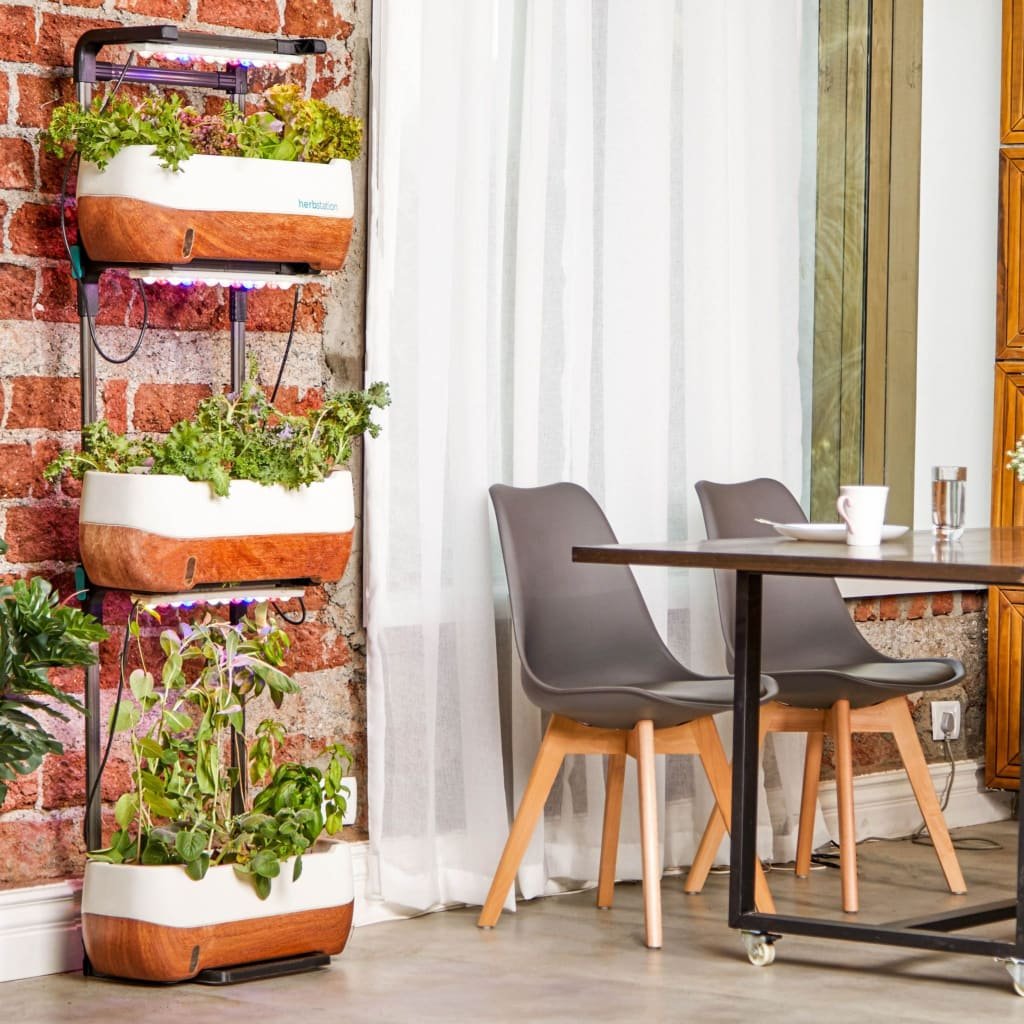
You can create a tower garden in order to grow plants. This means that you’re growing things vertically rather than horizontally. This allows you to grow more plants in less space, so it’s a great idea for things like small apartment patios or other homes with limited room to grow a garden.
Garden
If you have space in a garden you can either grow directly in the soil or use raised beds. Raised bed gardening is where you plant things in areas built up over your soil. These will even work when placed on a paved area.
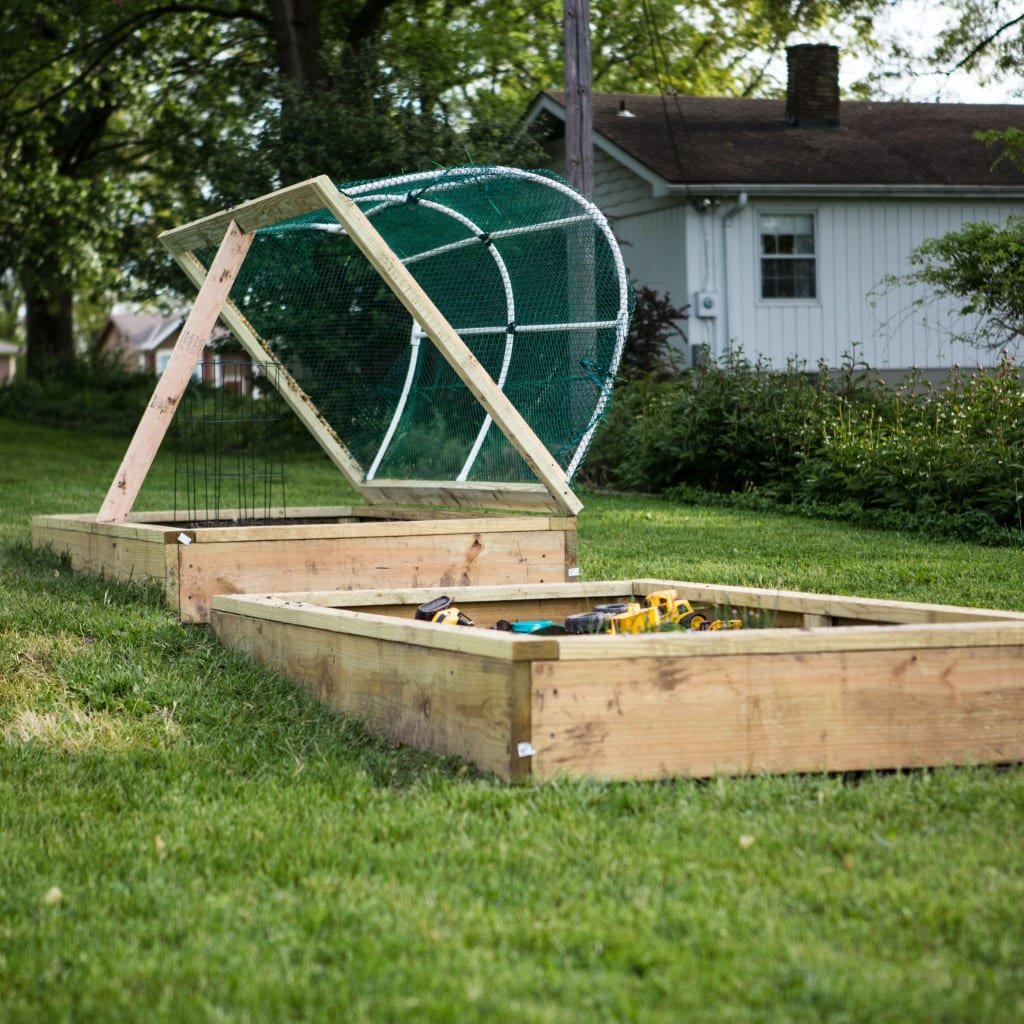
Usually, these are pre-built containers made of wood or other materials in square or rectangular shapes. These are lined with things like wood chips or grass clippings, covered with cardboard, and then filled with soil. Using raised beds can allow garden plants to thrive better, which is one reason they’re so popular.
You can grow your own produce, even if you have an urban garden.
Area Combination
If you choose to, why not use a combination approach to gardening? There is nothing to stop you from having both an indoor and an outdoor garden.
Try using a mixture of growing methods. You might rely on container gardening for inside your home or on your back porch, while still using a raised bed in the backyard at the same time.
Vegetable Garden Layout Ideas
Vegetable gardens benefit from a bit of research and planning. It is no good just popping a few vegetable beds in part of your garden.
Seasons and Sun Exposure
Summer tends to be the main gardening season and if you have the time, it can be really beneficial to study your garden throughout the season. You may need to study how the weather affects your garden. Is your garden in direct sun, like my south-facing garden? Or does it just have sunny spots?
Full sun can be a bit much for some plants. I used to have some hanging containers on my south-facing walls as I wanted to try growing fruits in the area that got more sun. Unfortunately, the pots needed more moisture as they can get extremely warm which the strawberries did not enjoy.
I have now moved the container to be west facing so the amount of sun is slightly lower and the plants like this a lot more.
Soil
It can also be useful to try and work out what type of soil you have in your garden. Unfortunately, I live in a heavy clay region so we have very heavy or waterlogged soil when we get a lot of rain. When it is sunny, it bakes like concrete.
But you will find that most soil types have some problems. Most vegetables can be grown in most soils but certain plants do have their preferences and won’t thrive in the wrong type of soil. Placing plants in their favoured soil will mean you are not fighting nature and should get consistent growth and benefit from time saved maintaining certain crops.
Traditional Garden Beds
Traditional row gardening is adopted by many gardeners. You have rows of plants in a bed not more than 4 feet wide, and then a path. This is so you can reach the middle of the bed from either side.
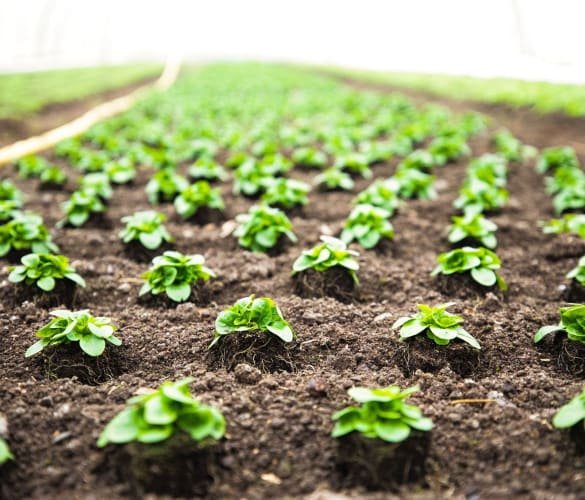
You can either grow directly in the ground or use raised bed gardening. Companion planting and crop rotation are also often incorporated into this style of gardening.
Crop rotation is the succession planting in your kitchen garden. It is best to create 4 beds or areas of traditional rows in your beds and swap crops over each year. This is to try to minimise plant diseases as you grow vegetables in a specific order so they don’t pass problems onto the following crop.
Using companion planting in your edible garden not only brings beneficial insects to your tender plants, but also looks very attractive.
Square Foot Garden
You may have heard about Square Foot Gardening as it’s one of the popular vegetable garden layout ideas. Of the many different crop layouts, it is the one that can be done in the least amount of space. It also works really well in raised beds.
Your garden bed is divided into one-foot squares then you plant as many of each plant that will fit in your square. You can even have vertically climbing plants in a square. You just need to take care that you don’t overcrowd plants and you regularly harvest your plants so they don’t take up all the space.
Your Garden Plan
Now you know how to plan your vegetable garden layout, you need to decide which locations you can realistically use to grow your vegetables. The best thing to do is to draw out a plan.
There are apps and programmes available, but I suggest you draw it all out first using pen and paper. Take photos on your phone too, so that you have a visual record.
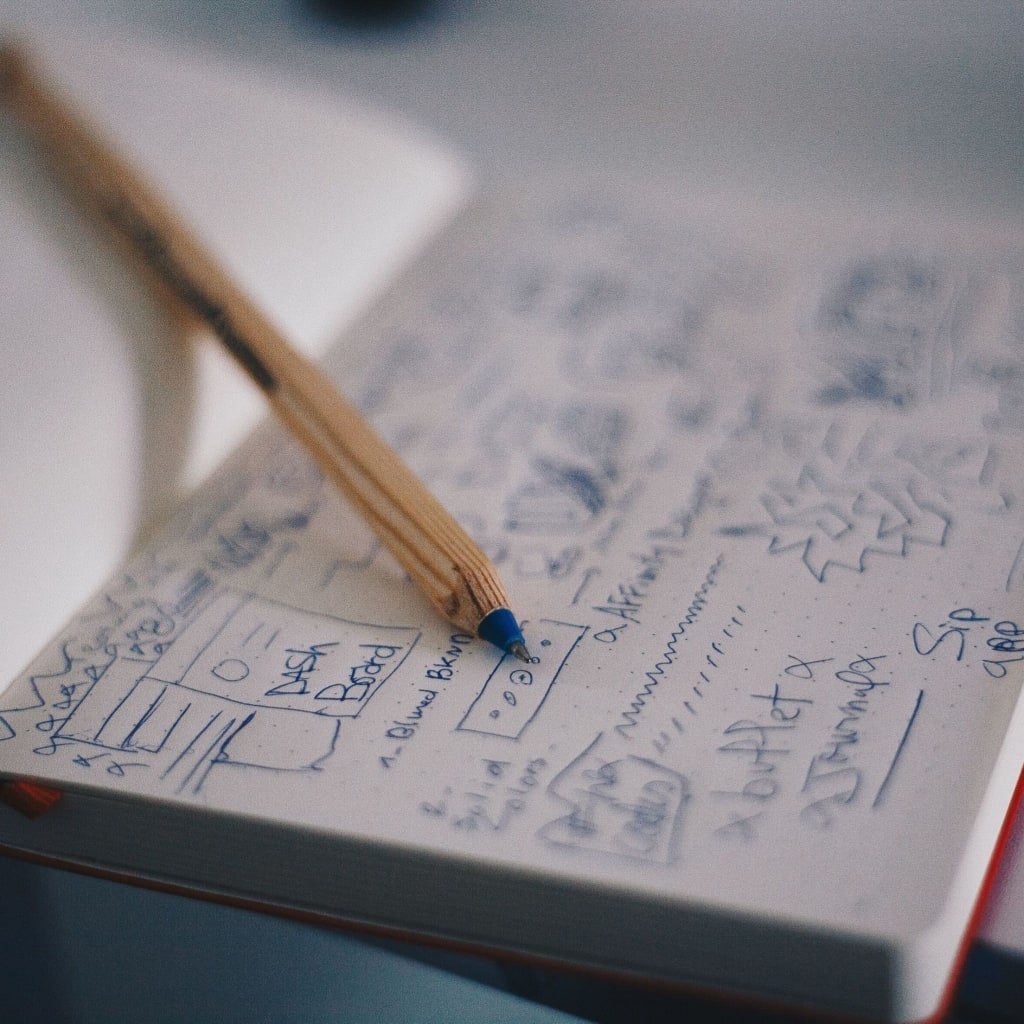
Make sure that you keep your plans realistic, and that you don’t overcrowd your future plants. Note where the sun will be, throughout the day, and also if there are areas which will be very windy or have no shelter.
If, when starting to plan your vegetable garden layout, you realise that you are only able to garden inside, be realistic about which areas you can use. The novelty will wear off very soon if you have to keep moving plants aside to cook or even sit!
Be aware of the costs involved as well. You may have to buy tools and compost and even a raised bed or two. That’s before you’ve even paid for seeds or plants.
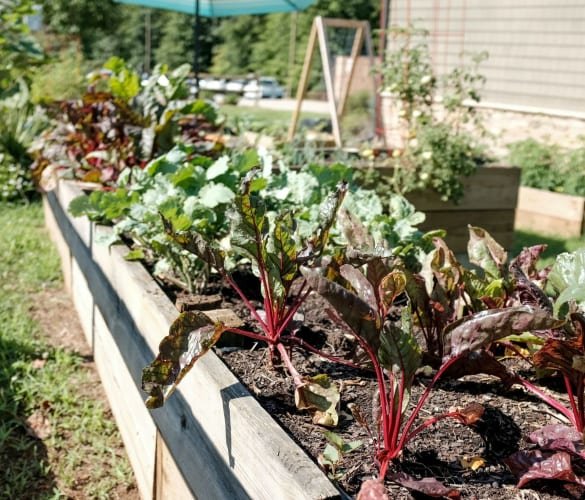
Also, consider what else you want to do if you only have a small outside area. Do you want to sit, eat and entertain there too? Will you have small children crushing everything you try to grow with their footballs? Or like me, do you have a dog who will trample over everything?
The plants from your edible garden have to co-exist with your family life, so however much you dearly want your own produce, be realistic.
